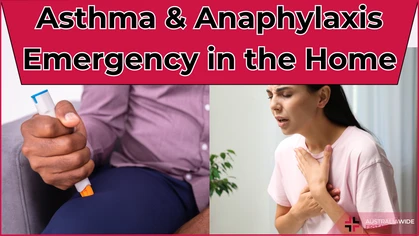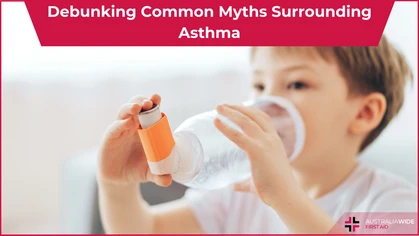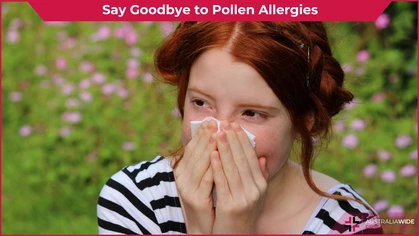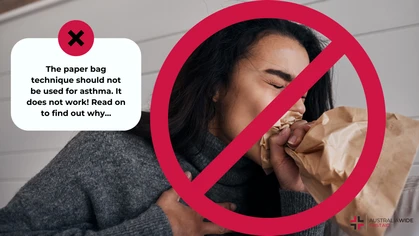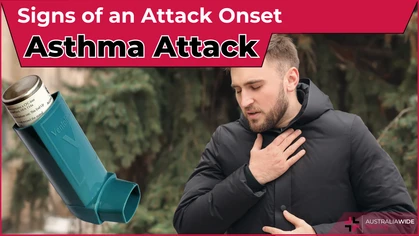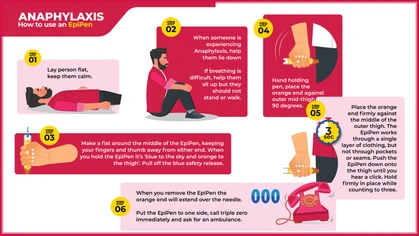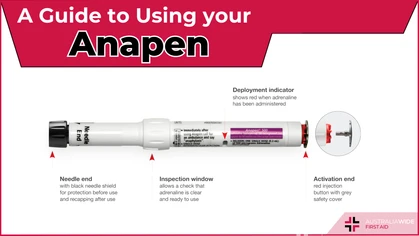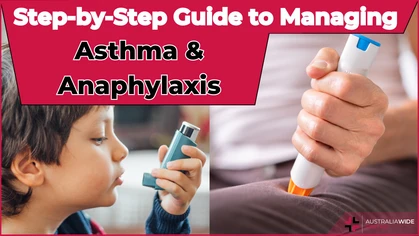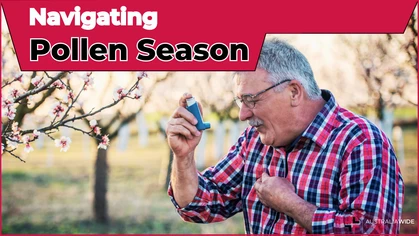First Aid Training to Manage Anaphylaxis

Allergy and Asthma
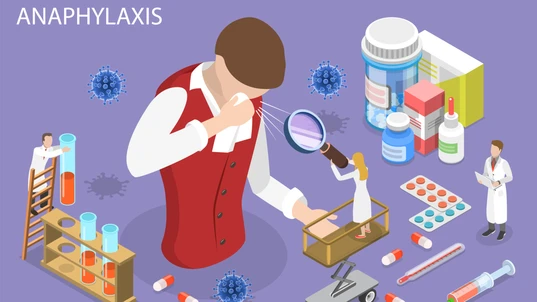
Though most people with allergies will only ever experience mild allergy symptoms, others are prone to severe allergic reactions called anaphylaxis. Anaphylaxis is an immune system overreaction, and it can cause your body to go into shock.
Most people who suffer from allergies only experience mild symptoms, ranging from watery eyes to a rash or runny nose. But for others, anaphylaxis — a life threatening reaction to allergen exposure — makes immediate first aid treatment critical. Anaphylaxis occurs when a release of a specific chemical puts the body into a state of shock. Some of the allergies that are commonly known to cause anaphylaxis are medications, insect bites or stings, food, and latex. After initially experiencing anaphylaxis, there’s also danger of a second anaphylactic reaction occurring up to 12 hours from first exposure, which is called a biphasic reaction. Our first aid training will help you better manage the initial, and any later anaphylactic reactions, so you have an in-depth understanding of the steps you need to take to avoid this state of shock becoming a fatality.Allergy Symptoms
When the sufferer of an anaphylactic reaction first experiences allergy symptoms, these can be quite mild, such as a rash or runny nose. Unfortunately, the symptoms can quickly progress to more dangerous medical issues which include:- Difficulty breathing
- Swelling or hives on the skin
- Throat tightness
- Dizziness or fainting
- Pain in the abdominal region
- Vomiting & nausea
- Hoarse voice
- Diarrhoea
- Low blood pressure
- Rapidly beating heart
- Cardiac arrest
- Feeling scared or anxious
Diagnosis of an Allergic Reaction
Anyone with a history of allergies, including asthma, who has previously experienced a severe allergic reaction, is more at risk of anaphylaxis occurring. Book an appointment to see an allergist to avoid a potentially fatal occurrence. Allergists have undergone specialised training that enables them to review your allergy history and conduct diagnostic testing to determine the triggers that can result in you having an allergic reaction. Once your allergist identifies these triggers through tests, such as blood, oral food and skin prick tests, you'll then know your avoidance strategies. Here are some early indications that you need to book an appointment to see an allergist:- You’re uncertain if you’ve experienced anaphylaxis.
- Your allergy symptoms keep recurring.
- The allergy symptoms you’ve encountered during past reactions are becoming more difficult to control.
- Your condition is becoming harder to manage.
- The cause of your reactions hasn’t been identified and you need further testing to ascertain this.
- There may be the likelihood of either desensitisation or immunotherapy being helpful for your condition.
- You may require medication to manage your allergy.
- There’s a danger other medical treatments may complicate your allergy.
Anaphylactic Reaction Management and Treatment
In the event of an anaphylactic reaction occurring, it should be treated urgently by injecting adrenaline known as epinephrine. As epinephrine is only available with a prescription, it’s crucial you keep a dose and the injector on you 24/7. On occasion, for more extreme allergic reactions, you may require a second dose of adrenaline. For more information on how to administer epinephrine using an auto-injector, please read our article on Anaphylaxis and Adrenaline and watch the video below: To help reduce the risk of anaphylaxis, follow the tips below: Identify your trigger if you’ve previously had an anaphylactic reaction. Consult an allergist to run diagnostic tests if you’re uncertain of this. Common triggers are:- Different types of food: these include peanuts and walnuts, pecans and other tree nuts, eggs and dairy, fish and shellfish.
- Latex products: latex is often found in adhesive tapes, disposable gloves, tubes, catheters and syringes. It’s important to note that health care staff, people working with latex, and children who suffer from spina bifida and genito-urinary conditions are more prone to having latex induced anaphylactic reactions.
- Medications: these can range from aspirin and penicillin through to anti-inflammatory and non-steroidal drugs, e.g. anaesthesia and ibuprofen.
- Insect bites or stings: such as bees, wasps and ants.
- Medication allergies: Educate all of your medical specialists and doctors about reactions you’ve experienced with medications, so they can recommend safer alternatives, as well as provide you with a list of those you need to avoid. In cases where there are no alternative medications available, see if you are a suitable candidate for desensitisation, allowing you to be given small doses of the medication to be increased over time.
- Food allergies: Analyse all food labels carefully to uncover any allergens that may cause a reaction. If you are eating out, make sure to ask how the food is prepared, as well as what ingredients are used. For children, make sure staff at their school are aware of their condition and have epinephrine and a treatment plan on hand.
- Insect stings: Always make sure not to walk barefoot and don’t wear bright clothing. Avoid sweet-smelling perfumes, lotions or other body products and never drink from open soft drink cans.
Steps to Take After an Allergic Emergency
After an allergic emergency resulting in anaphylaxis, it’s critical to call 000, even after administering epinephrine. Make sure to identify the allergen, to help the medical staff treating you. Always follow up an anaphylactic emergency with a trip to an allergist. Also, never leave home without epinephrine and an injector. If you want to be able to properly manage an anaphylactic reaction or emergency, it is well worth your time to book in for first aid training with Australia Wide First Aid. Our industry leading first aid trainers can teach you all about handling every type of medical emergency.Additional Resources
If you're interested in learning more about allergy and anaphylaxis, you might like to check out the following articles in our Resource Library:- What is Anaphylaxis?
- Anaphylaxis and Food Allergies
- Anaphylaxis and Anesthesia
- Anaphylaxis and Hypotension
- Asthma & Anaphylaxis Emergency in the Home
- Rare Food Allergies on the Adelaide Food Trail
Originally published at
https://www.australiawidefirstaid.com.au/resources/manage-anaphylactic-reactions
as part of the Australia Wide First Aid Articles Library
